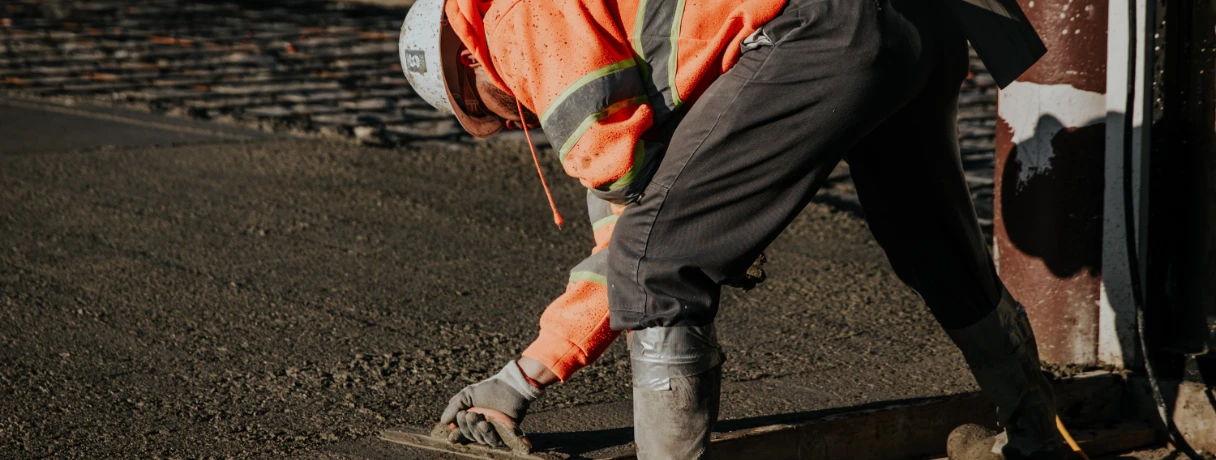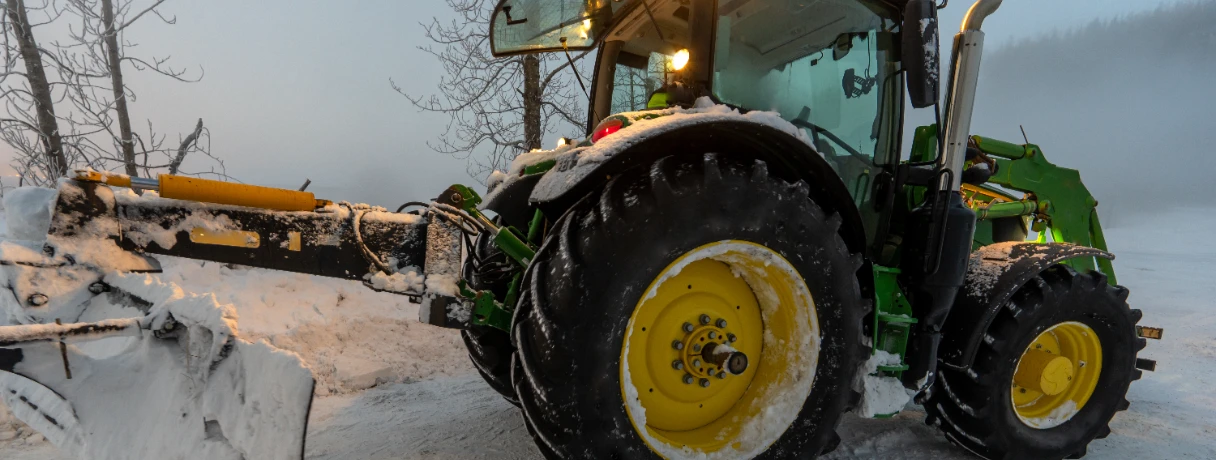Concrete remains the backbone of construction. In 2024, U.S. shipments of cement stood at 115.6 million short tons, with demand expected to stay resilient through 2025 thanks to infrastructure and commercial projects. For contractors and estimators, this means opportunities are massive — but only if bids are accurate. And accuracy starts with getting takeoffs right.
This concrete takeoff guide brings together industry best practices, lessons from major events like World of Concrete 2025 and CCE 2025, and proven results from Beam AI’s concrete takeoff software with contractors like Merritt Contracting. By the end, you’ll have a clear view of how to master concrete estimating and why automation is reshaping how contractors approach slabs, rebar volume, and formwork.
What is a Concrete Takeoff?

A concrete takeoff involves studying project drawings to calculate every material, tool, and labor input needed for concrete work. It covers measuring concrete volume, rebar, formwork, and other essentials. These measurements form the groundwork for accurate estimating and resource planning throughout the project.
Here’s what usually goes into a takeoff:
When these numbers are off, bids collapse. Too little material means delays. Too much, and you’re bleeding margin.
Step-by-Step: How to Perform a Concrete Takeoff
1. Review Project Plans and Specs
Start by reviewing blueprints and specs to understand the scope—identify all concrete elements like slabs, footings, and walls. Using concrete takeoff software helps you organize plans and catch important details early.
2. Measure and Quantify Concrete Volumes
Use your concrete takeoff and estimating software to trace areas on digital plans and calculate cubic yards automatically. For walls, measure the centerline, multiply by height and thickness, and subtract openings like doors or windows.

3. Add Waste and Supporting Materials
Include a 5–10% allowance for waste or overpour. Don’t forget to add rebar, formwork, or embeds—your takeoff software can quickly count and calculate these supporting materials for a complete scope.
4. Compile Material Costs
Input the latest pricing for concrete, rebar, and formwork into your estimate. Accurate material costs ensure your bid reflects real-world expenses and helps avoid budget surprises later.
5. Factor in Labor and Overheads
Add labor rates based on skill level and project complexity. Include equipment usage, supervision, and overhead costs to build a complete and realistic project estimate.
6. Verify and Finalize the Takeoff
Before submitting your bid, review all quantities, costs, and assumptions. Tools like Beam AI make this easy with automated measurements and QA-reviewed outputs, ensuring accuracy from the first click.
Manual vs. Digital vs. Automated Takeoffs
Manual methods still work on small projects. Digital tools reduce some effort but still slow you down with point-and-click. Concrete takeoff software like Beam AI are changing the game by delivering QA-reviewed, Excel-ready takeoffs across 16+ trades in less than three days.
👉 Learn more: Automate Your Concrete Quantity Takeoffs with Beam AI
Lessons from Industry Events
At World of Concrete 2025, our team saw first-hand how contractors are tackling tighter schedules and higher material costs. The top takeaways:
- Estimators are under pressure to submit more bids in less time.
- Manual and digital takeoffs aren’t keeping up with bid cycles.
- Automation is no longer optional — it’s becoming a competitive necessity.
Later, at CCE 2025, one of the clear themes was that the bottleneck in most preconstruction teams isn’t labor or even supply chains. It’s the hours wasted on takeoffs. Contractors who embraced AI-based concrete takeoff software were the ones doubling their bid output without increasing headcount.
Beam AI in Action: Merritt Contracting
Merritt Contracting, a utility and concrete contractor, struggled with backlogs caused by manual takeoffs. Projects were piling up faster than the estimating team could process them. By switching to Beam AI, they:
- Cut their takeoff time by more than 80%.
- Increased bid capacity without hiring more staff.
- Got QA-verified results delivered in 24–72 hours.
This shift allowed Merritt Contracting to take on more projects and win jobs they would have missed otherwise. Their success story shows how automation isn’t just about saving time — it’s about unlocking revenue growth.
Why Beam AI is Different
Not all takeoff tools are created equal. Some still rely on point-and-click tracing. Others offer partial automation but require constant oversight. Beam AI stands apart with:
- Fully automated takeoffs: Upload plans, select scope, and let Beam AI handle the rest.
- QA-verified results: Every takeoff is reviewed by a trained team, delivered within 24–72 hours.
- Scalability: Estimators reclaim 15–20 hours a week, doubling the number of bids they can submit.
- Integration-ready outputs: Custom Excel exports tailored to your estimating workflow, ready for supplier quotes or estimating software.
This isn’t just about speed — it’s about accuracy, scalability, and making sure contractors can bid with confidence.
Read more: Automate your concrete takeoffs with Beam AI.
Wrapping Up: Building Smarter in 2025
Concrete demand may fluctuate year to year, but one thing is certain — the contractors who master their takeoffs are the ones who stay profitable. Whether it’s a complex slab takeoff or rebar volume calculations, accuracy defines the strength of your bid.
Manual and digital methods can work, but they won’t keep pace with today’s bid volumes. Automation, as we’ve seen at World of Concrete 2025, CCE 2025, and in Merritt Contracting’s story, is becoming the clear path forward.
Beam AI delivers the precision, speed, and confidence today’s contractors need.
Ready to see it for yourself? Book a demo and learn how Beam AI can help you master concrete takeoffs and win 2x more bids.

.png)








.jpg)


.webp)

